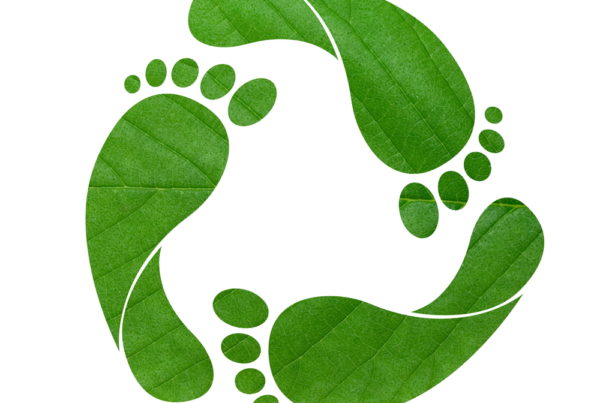First, a warning . . . if you grow bacteria at home there is always a possibility you could grow large amounts of harmful bacteria that could make someone in your household sick. Always use proper safety precautions when growing bacteria! Some safety hints are included below, but always, always use common sense when handling any bacteria culture.
When bacteria cultures are grown in the lab the bacteria is grown in shallow containers (Petri dishes) on a layer of nutrient agar. These supplies can be expensive, but you can simulate this setup at home with substitute ingredients.
First, the containers . . . any shallow, disposable container will work. The smaller the container, the less base material you’ll need. Very important safety tip . . . the container should NEVER be closed up air tight! Some of the most harmful types of bacteria are anaerobic, meaning they grow when there is no oxygen present. Be sure your bacteria culture is always exposed to oxygen! Leave the lids of your containers loose.
Next, the nutrient agar. Agar is just a plant-based gelatin. You can buy it from science supply stores, or you can use a substitute. I’ve heard of people using plain gelatin powder from the grocery store, but animal-based gelatin melts at around room temperature. Also, some bacteria are able to produce a chemical that breaks down animal-based gelatin. So, I don’t recommend using plain gelatin powder like Knox, as you may come out with a watery mess!
Instead, look for “agar agar” which is a flake type gelatin made from seaweed. It’s used as a thickener in many Asian foods and it can usually be found in Asian grocery stores, or any large grocery that has an Asian foods section. You just dissolve the flakes in boiling water and then cool to room temperature to solidify.
Gelatin alone won’t serve as a food source to encourage bacteria growth, so you need to add some type of nutrient media to the agar agar when heating. I would suggest adding a beef bouillon cube. It adds a food source to your gelatin, and its high salt content will often suppress the growth of bacteria that is at home in the human body (and may cause illness). Again, this doesn’t mean you can’t grow a harmful bacteria, just that it helps lessen the possibility! Caution should still be used in handling the bacteria cultures!
A final note about safety . . . never, never allow someone to culture their throat or nose, or cough into a dish. A relatively “safe” source of microorganisms to culture for small children is soil bacteria and fungi. Dig up some dirt, add enough water to thoroughly soak the soil, and allow the mixture to soak for 10 minutes. Then pour a little of the water onto the growth medium and spread it around. Soil is full of harmless bacteria and fungi that will grow a very impressive culture in the container!




